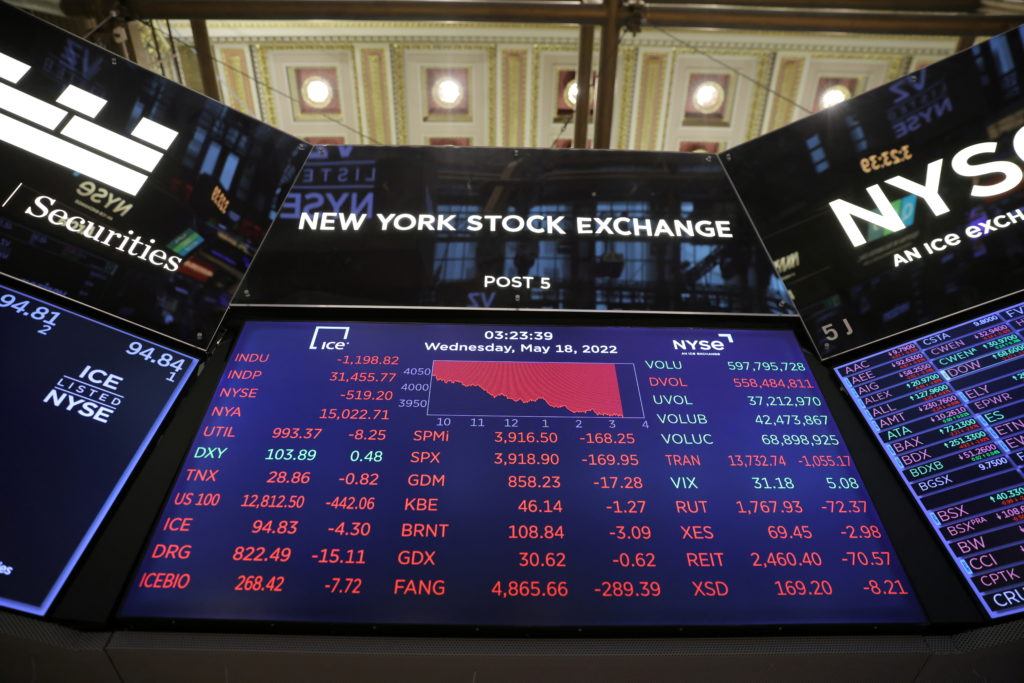
U.S. stocks fell Friday, heading for a losing week as a sharp post-election rally fizzles out with the focus shifting to the state of the economy.
At 09:40 ET (14:40 GMT), the Dow Jones Industrial Average fell 180 points, or 0.4%, the S&P 500 index dropped 45 points, or 0.8%, and the NASDAQ Composite slipped 260 points, or 1.4%.
Retail sales beat expectations
US retail sales increased slightly more than expected in October, rising 0.4% last month above the 0.3% expected, and compared with the upwardly revised 0.8% advance in September. Robust consumer spending helped the economy maintain its strong pace of growth last quarter.
At the same time, US import prices unexpectedly rose in October, rebounding 0.3% last month after an unrevised 0.4% decline in September, the latest indication of lack of progress lowering inflation in recent months.
This data followed Fed Chair Jerome Powell warning on Thursday that strength in the U.S. economy will allow the Fed to take its time in deciding how and when to lower interest rates.
While the Fed chair did paint a positive picture of the U.S. economy, he also flagged caution over sticky inflation.
Producer price inflation grew more than expected in October, and this was preceded by a consumer price index print that showed inflation remained sticky.
Applied Materials, Alibaba fall
Among major market movers, Applied Materials (NASDAQ:AMAT) fell 8.6% after its quarterly earnings missed some street expectations, with slowing revenue from China a key point of contention.
On the other hand, both Domino’s Pizza (NYSE:DPZ) and Pool Corporation (NASDAQ:POOL) climbed after Berkshire Hathaway (NYSE:BRKa) took stajkes in the two firms.
Alibaba (NYSE:BABA) stock fell 2.8% after the Chinese e-commerce giant reported moderate revenue growth in is latest quarter.
Crude on course for weekly losses
Crude prices fell Friday, and were on track for hefty weekly losses on concerns that China, the world’s biggest crude importer, is continuing to struggle with an uneven economic recovery.
By 09:40 ET, the U.S. crude futures (WTI) dropped 0.8% to $68.15 a barrel, while the Brent contract fell 0.7% to $72.02 a barrel.
For the week, both contracts are set to drop around 3%.
Economic data released earlier in the session [see above] had painted an uncertain picture of the Chinese economy, while the numbers also indicated that China’s oil refiners in October processed 4.6% less crude than a year earlier, falling year-on-year for a seventh month.
Prices were rattled by a cut in OPEC’s demand outlook this week, while US oil inventories grew nearly 2.1 million barrels in the week to November 8, pushing up concerns over a supply glut, especially as production remained close to record highs of over 13 million barrels per day.
The International Energy Agency, in its monthly report on Thursday, had warned that robust production will see oil supplies exceed demand in 2025, even if the Organization of Petroleum Exporting Countries, and allies, left ongoing supply cuts in place.
Source: investing.com



